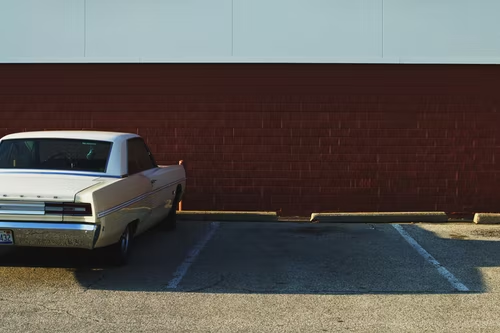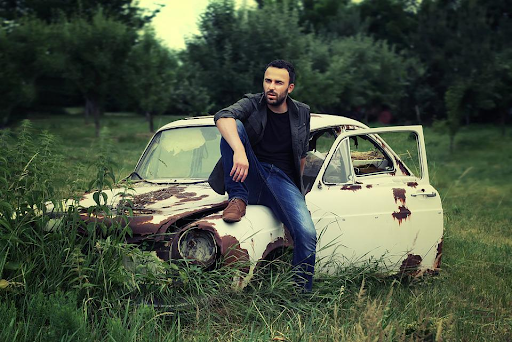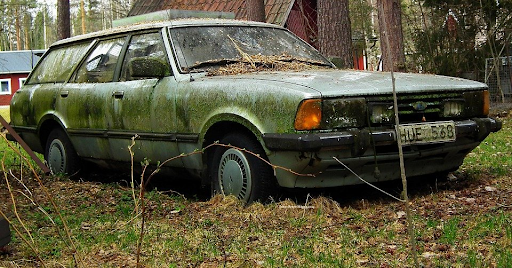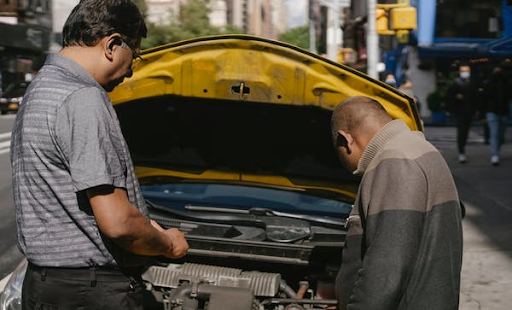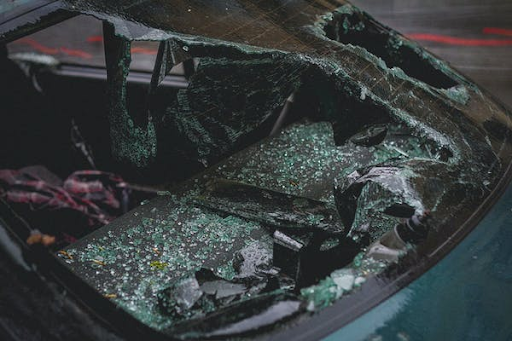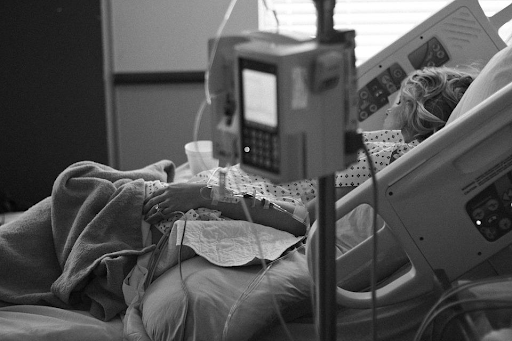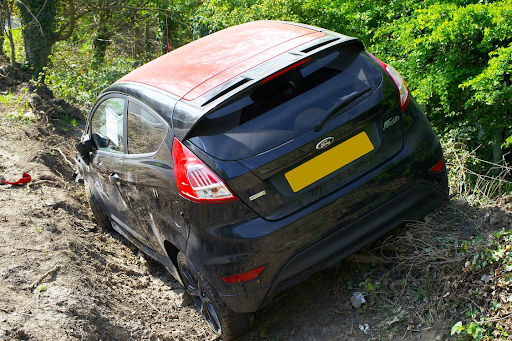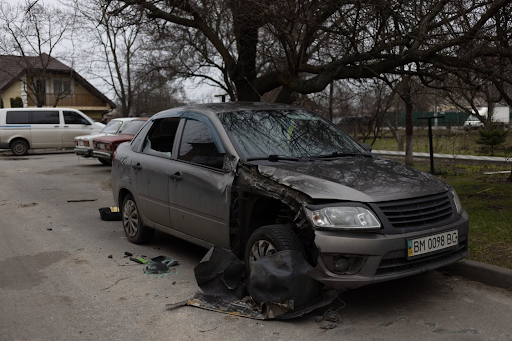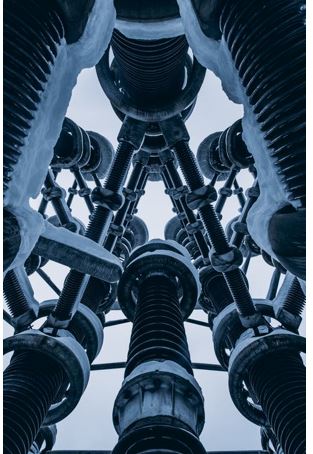Should You Ship Your Car or Hire a Driver Service?
Did you know that there were 4.7 million cars sold in 2019? There is a new sense of freedom that people have when they can just order, click, and have a car show up at their door. But what if you are moving a long distance and can’t just order a car? Do you need to ship your car or hire a driver? There are so many questions to ask before you make the choice to move a long distance when it comes to your car. Let’s take a look at both the pros and cons to help you make the best decision for your moving day.
The Pros and Cons of Shipping Your Car
Pros
Hiring a reputable auto shipping company will ensure a stress-free experience. Your car will be in good hands as long as you trust an auto transport service with good reviews and reasonable prices. If you want to learn about contactless car delivery, click here.
Cons
Auto transport companies must adhere to a schedule. As a result, you may have less flexibility when it comes to shipping dates. You won’t be able to pack your belongings in your car. Most auto transporters will allow you to transport a suitcase in your vehicle’s trunk. Personal items, however, do not have a guarantee when using shipping companies.
The Pros and Cons of Hiring a Driver Service
Pros
Professional driver services understand the significance of insurance. As a result, most professional drivers will have coverage in the event that something goes wrong during the trip. The important thing is that you will not be required to pay for the driver’s insurance. You will have compensation if any problems arise.
Cons
It will be more expensive than other modes of automobile transportation. The professional driver you hire will only drive your vehicle and will be at your disposal at all times. If you have to pay for the driver’s food and lodging, the price could skyrocket.
Shipping Your Car vs. Hiring a Driver Service
The cost of shipping a car can range depending on the company you use and the distance it needs to travel. Hiring a driver service may be more expensive depending on the company, but it can be more convenient if you need your car shipped to a faraway location. Another thing to consider is the time required when shipping a car vs driver service. Shipping your car can take days or even weeks, whereas hiring a driving service can get your car to its destination much faster. You should also consider the condition of your car and whether it can withstand being driven long distances. If you have a luxury or classic car, it might be better to ship it to avoid any wear and tear.
Should You Ship Your Car?
If you’re trying to decide whether to ship your car or hire a driver service, consider the cost and feasibility of each option. Shipping your car may be more expensive, but they can do it without much hassle. Hiring a driver’s service is usually less expensive, but you’ll need to find a reputable service in your area. Ultimately, the decision is up to you and what will work best for your individual needs. Learn more by visiting our site.


